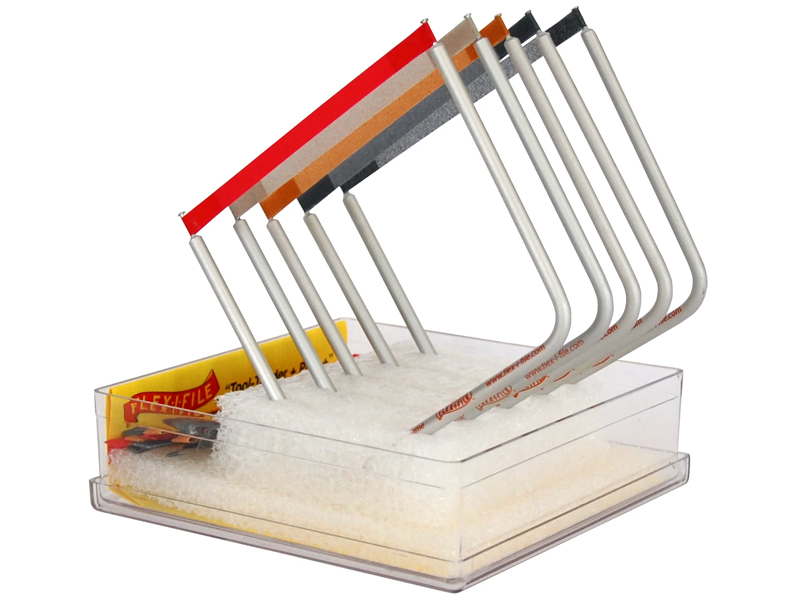Tankbuilder
Active member
Hi there and a merry Christmas day to any who are Orthodox.
I finally got my lizards from Mantis and some of the things like the feet and legs are extremely delicate with good size pour blocks still on them. What is the best way to remove these resin pour blocks without a high risk of breaking the part?
Thanksand cheers
I finally got my lizards from Mantis and some of the things like the feet and legs are extremely delicate with good size pour blocks still on them. What is the best way to remove these resin pour blocks without a high risk of breaking the part?
Thanksand cheers



